
Backlinks
The way we navigate the internet, going from page to page until we find the one that gives us the answers we seek, is by clicking hyperlinks.
Image 9.1: A backlink is a hyperlink from one webpage to another (source: backlinko.com).
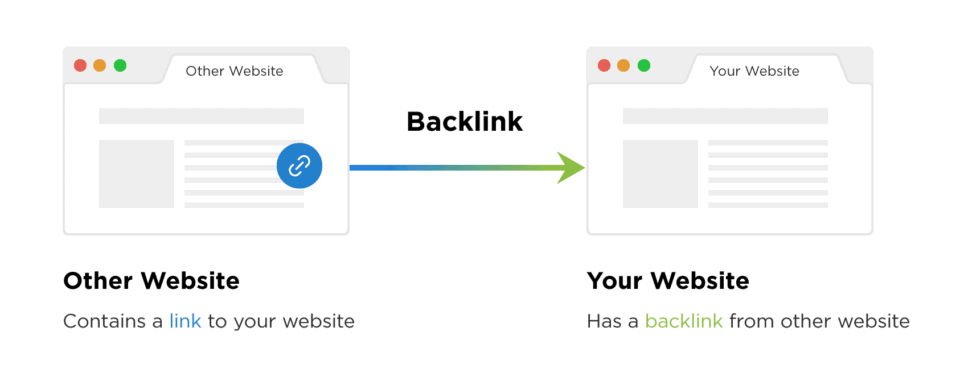
This fact alone is extremely important: the more links from other sites lead to our page, the more likely someone is to click and visit it.
From there on, it is up to us to provide a good experience and the answers they seek, to persuade them and eventually convert them into customers.
Link Building is the practice of creating hyperlinks (known as backlinks) to a website to increase indirect traffic and improve visibility in search engine results.
Link building includes strategies such as content marketing, creating useful tools, email outreach, broken link repairs, etc.
Why are backlinks so important?
To understand this, we must go back to the early days of the internet, before Google.
Back then, search engines like Yahoo! and Alta Vista dominated, ranking results solely based on webpage content.
Fast forward to 1998.
Larry Page and Sergey Brin, Stanford university students, developed a search ranking algorithm applied in Google Search.
That search engine soon proved successful.
The famous PageRank algorithm changed the game.
Instead of just analyzing page content, Google looked at how many links pointed to each page.
They were right.
26 years later, links remain the best measure of webpage quality.
For this reason, backlinks remain the primary ranking signal in Google’s page ranking today.
Of course, thanks to updates like Google Penguin, Google now also focuses on link quality, not just quantity, along with many other signals to evaluate pages.
Thus, today a page with few but high-quality, relevant backlinks offering good user experience may rank higher than a page with hundreds of low-quality links.
Quality Backlinks
Before discussing how to gain quality backlinks, let’s explore what makes a good (or bad) link.
The most crucial element is Authority, the level of credibility and expertise of the linking page on a specific topic.
If a page considered authoritative on a topic links to your related page, that backlink will have a significant impact.
Quality and authority of linking pages matter more than any other factor.
This is because links from credible pages pass some of their value on to your site.
Consider this example: if you consult the world’s best doctor for a condition and they refer you to another trusted doctor (a backlink), you are more likely to trust the recommended doctor than someone found randomly online.
Authority information can be found using tools like Semrush, discussed in Chapter 5.
Image 9.2: Page authority score of Skroutz.gr via Semrush.
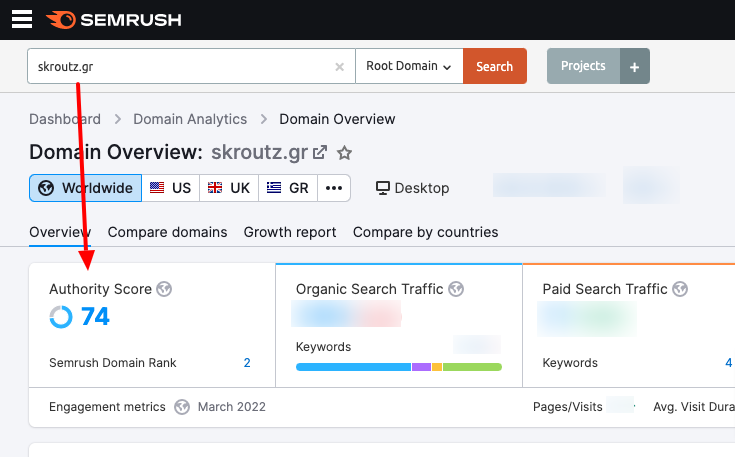
Authority concerns both individual pages and entire domains.
Both page authority and site-wide authority influence backlink value your site receives.
For example, a link from NYTimes.com has a much higher impact than from a lesser-known blog.
Though such high authority links are hard to get, effort is worth it.
Relevance of the linking site also matters.
Suppose you run a site about a specific diet like the ketogenic diet.
If you get a link from a reputable biking site, does it count much? According to Google, no.
As explained by a former Google engineer: “Getting a link from a high-ranking page was always valuable, today topic relevance matters more.”
It’s best to get links from high-quality authoritative sites closely related to your site’s topic.
Also important is the position of the backlink on the page.
Links embedded within main content (“natural links”) are far more valuable than those in footers or sidebars.
Links in footers or sidebars have less value than those within the primary content flow.
In simple terms, a link placed because the author truly values your site is a very valuable link.
Anchor Text—the visible text of a backlink—is another important factor.
Google uses anchor text as a ranking quality signal.
For example, a backlink with anchor text “ketogenic diet” tells Google that the linked page is about that topic.
But like all SEO factors, overuse of anchor text can be harmful.
Also, words surrounding the backlink contribute context, helping search engines understand the linked page’s relevance.
Backlinks can originate either from page owners (authors) or user-generated content (e.g., comments).
Previously, some companies paid for massive numbers of backlinks hoping to game search rankings.
Google quickly intervened declaring user-generated backlink creation as undesirable.
Currently, Google disapproves of paid links violating guidelines such as:
-
Paid posts with exact match anchor text.
-
Sites purely publishing guest posts.
-
Sites unrelated to your content.
Publishing genuine, valuable comments with links on reputable, relevant sites may still bring traffic and engagement.
Another concept is link attributes like “nofollow”—which instruct search engines not to count a link towards ranking.
For quality backlinks, you want regular (followed) links without nofollow.
As shown in Chapter 5, Search Console reveals backlinks to your site, linking sites, and anchor texts.
Image 9.3: Backlinks section in Search Console.
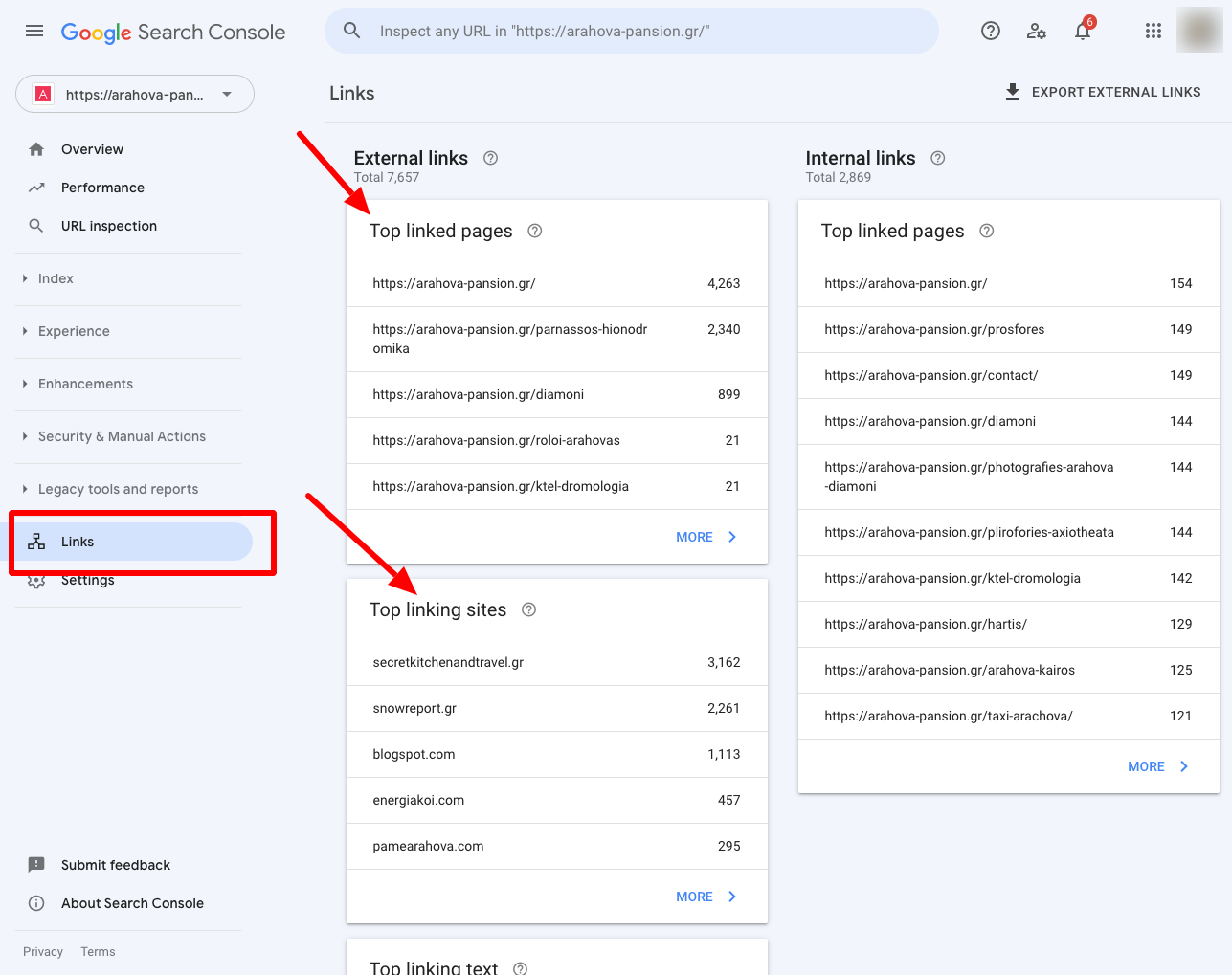
Since many diverse, quality links from authoritative sites signal your site’s value to Google, the Links section in Search Console is important.
Usually, highly-linked pages are those with high traffic and appearance in Google results.
Hence, the number and quality of sites linking to your pages and the count of different linked pages matter critically.
For example, 1,000 links from 100 popular sites across many pages is better than 10,000 links from 10 low-quality sites targeting one page.
Now that you can evaluate backlinks and your site’s backlinks, let’s consider how to gain many quality links.
Quality Content
How to gain quality backlinks?
While content is key to unlocking backlinks, publishing good content alone doesn’t guarantee links.
Experience shows certain content types generate more backlinks:
1. Visual Elements
These include:
- Images
- Charts
- Infographics
- Diagrams and other visuals
Visuals easily attract backlinks since sharing a graphic leads others to link back.
Images process rapidly by the brain (13ms), breaking language barriers—understood worldwide.
Years ago, promoting Arahova Pansion, I noticed interest around Arachova’s clock tower.
Using a professional camera, I took many quality photos, uploaded them to a page on the landmark’s history.
Image 9.4: Arachova clock tower image.

These images were republished by many authoritative sites, earning many quality backlinks.
Today, that page ranks #1 for “Arachova clock” search.
Image 9.5: #1 search result for the Arachova clock tower.
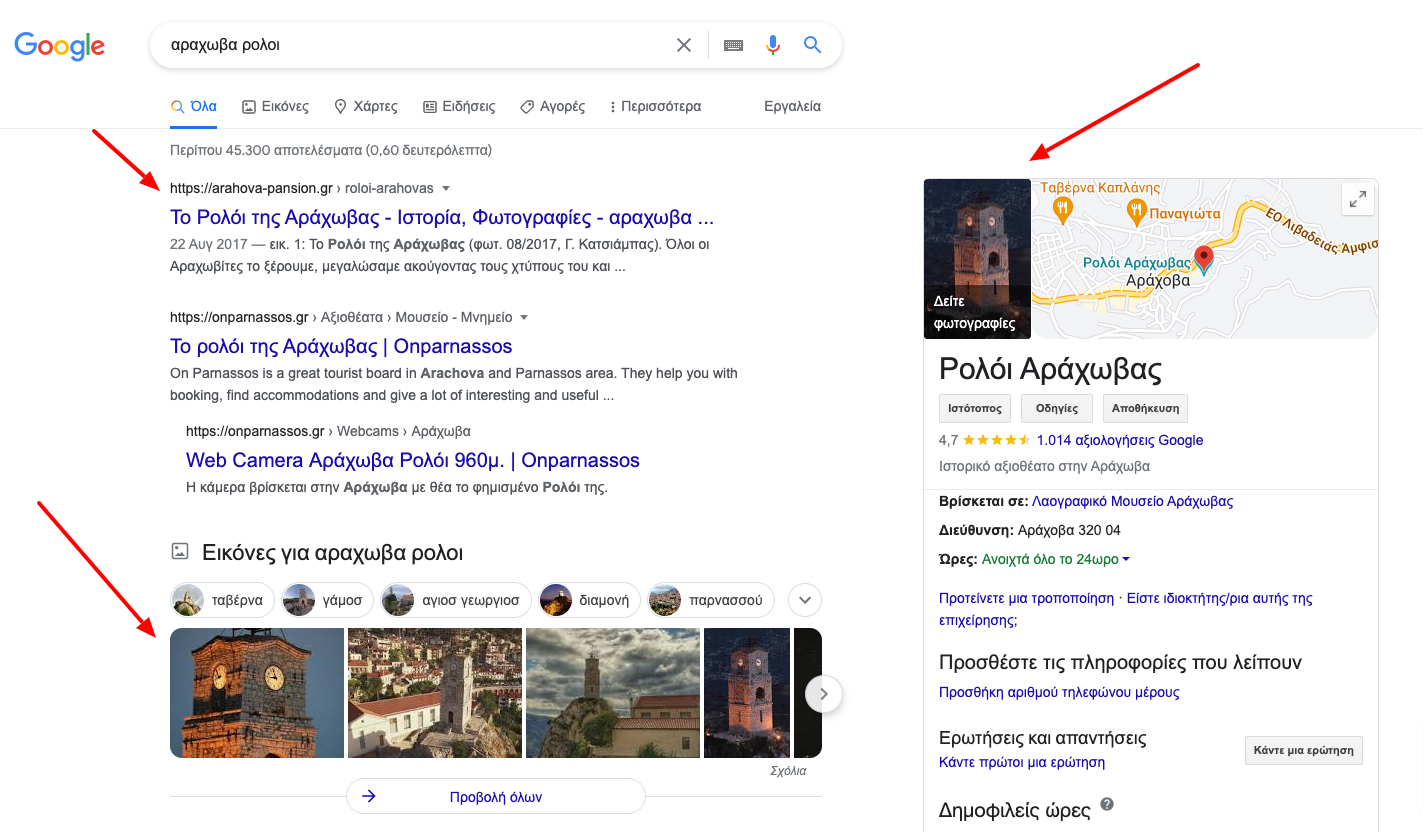
I believe this page would rank top even without visuals due to depth and reliability, but images helped gain wide acceptance.
That’s the power of original visual content.
2. Lists
Another backlink magnet is numbered lists with tips, techniques, reasons, myths, etc.
Lists condense lots of info into digestible form, earning disproportional backlinks.
BuzzSumo analyzed 1 million articles and found list pages generate more backlinks than quizzes, videos, or graphics.
Arahova Pansion’s page titled Arachova Information: 17 quick tips not to get lost is popular with many quality backlinks.
3. Original Content and Data
Original research or studies make strong backlink magnets.
Stats and original data are widely cited with source mentions.
Example: Backlinko’s ranking factors study (Chapter 2).
Image 9.6: Original content page on Google ranking factors from Backlinko.com.
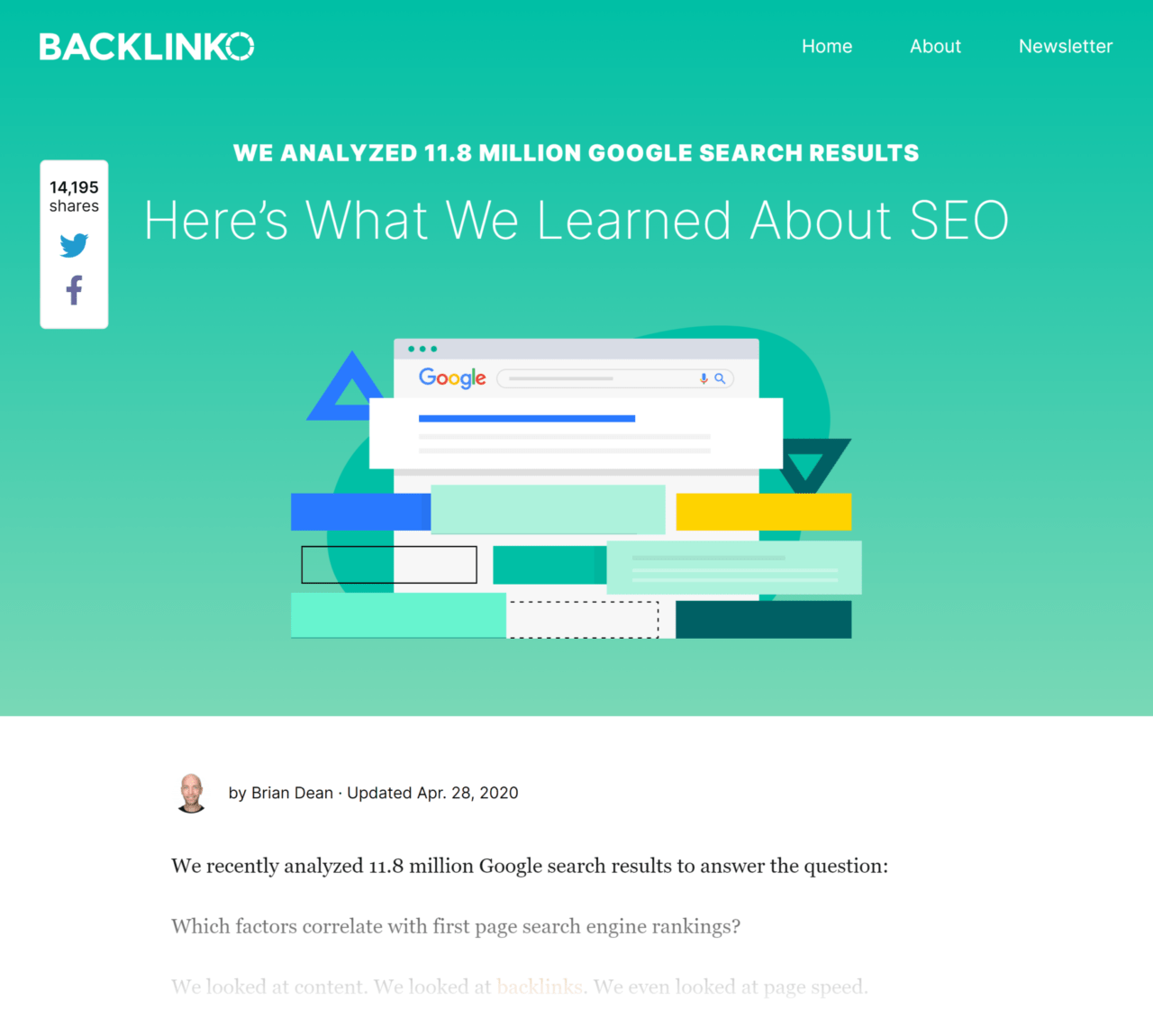
That page earned ~19K backlinks cited by many both online and offline.
Most links come from citing specific stats.
4. In-depth Guides
Also effective backlink generators but hardest to produce.
These comprehensive pages cover all info on a topic.
Typically long and detailed.
Their thoroughness makes them valuable resources others cite.
Get Good Backlinks
Once you create quality content, promote it to right audiences who might find it valuable.
If you already have an audience visiting or on email lists, promotion may be easier as they share content widely.
Usually, however, promotion is needed to grow your audience.
How do you spread your useful, high-quality content?
Clearly, many authoritative sites recognized the power of offering value and sharing backlinks.
Some try to monetize this power by selling backlinks.
Many sites today “sell” backlinks—charging for placing hyperlinks on their pages.
Others seeing authorities profit from selling backlinks create authority sites to exploit this.
Many succeeded.
The result was disappointing!
Today, many sites require payment for backlinks even if your content is best!
Many news, travel, cooking, even medical sites rely on authority they built to earn revenue.
Their “product” is precisely that authority.
They exploit it.
Whether paid backlink pages have good content became irrelevant.
Internet flooded with links shaped by money rather than content and experience value.
It shouldn’t work this way, but it does.
Google noticed, as backlinks were key ranking signals.
Google declared:
“Some site owners buy and sell links ignoring link quality, sources, and long-term site impact. Buying or selling links that violate PageRank policy is against Google guidelines and can hurt search rankings. Not all paid links violate guidelines. Paid links for advertising with proper tagging are fine.” [Google Paid Links Policy]
Google works hard to detect and penalize paid links violating PageRank.
Still, backlink selling persists, just more covertly.
Hence gaining backlinks to quality content without paying is a difficult, particular process.
Actions to publicize a good new page:
- Find media/audiences to promote content.
- Communicate clearly and simply value to give them for their time.
Research audience sites—communities, forums, individuals.
Example: Keto diet site.
Search Google top organic results, compare to your content, find gaps or useful additions.
Image 9.7: Authority sites for “Keto diet” search.
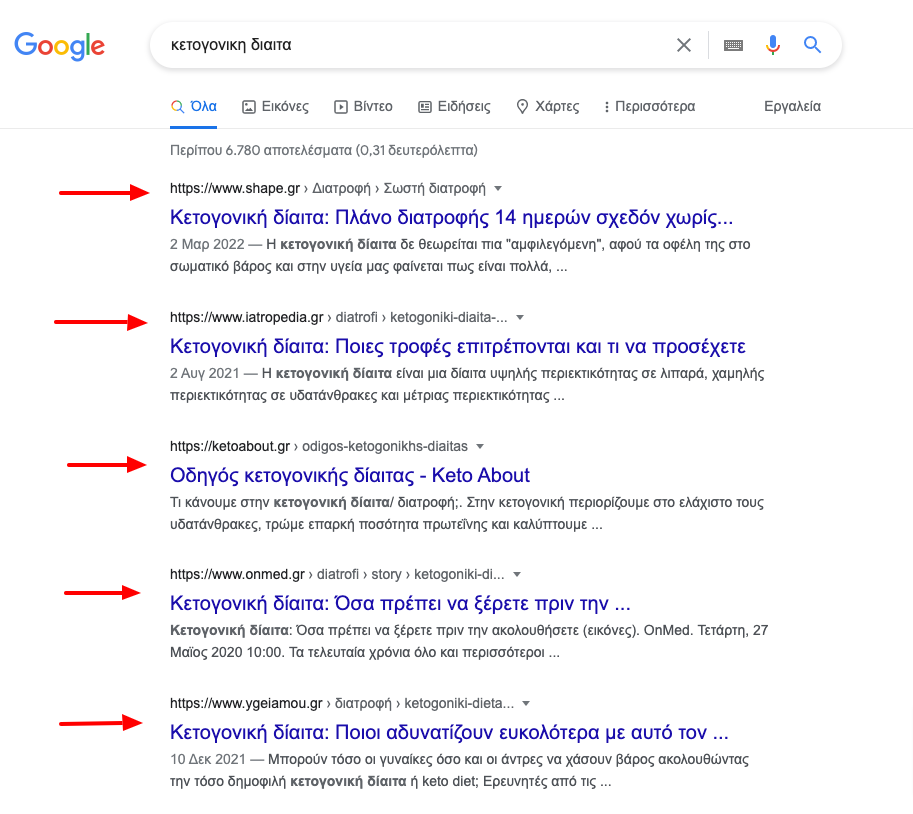
Find article authors (usually listed), locate emails or contact via site forms, or reach out on social media.
Emails via contact forms may be missed or spammed, so use multiple methods over days.
Search “author name contact” on Google for more contacts as I did for keto article author.
Image 9.8: Author contact search results.
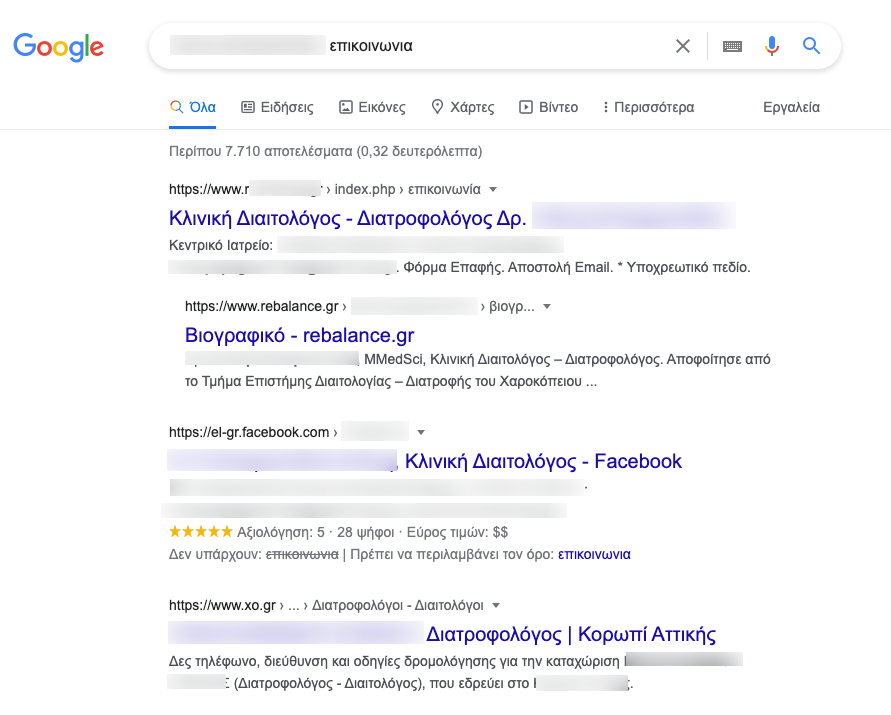
Compose short, relevant emails pointing out your content value to their content, suggesting it as a useful addition.
Example email:
Hi [Author], I was looking for content on [Topic] and came across your article “[Article Title]”. Very interesting! I especially liked [Specific point]. I just published a new guide on [Topic]: [URL]. As someone interested, I think you might want to check it out. My guide might be a nice addition to your page [URL]. Anyway, keep up the great work on [Website]! Best, [Your Name]
This honest, personalized email, even if it doesn’t get backlinks, helps make connections.
Similar approach works for DMs on social media or community posts (subreddits, Facebook groups).
Other backlink opportunities:
When a site linking to you abandons pages (broken links), you can claim these backlinks by replacing with your active content.
Example: arahova.net, a site on Arachova info that ceased operations.
Using ahrefs.com, see backlinks leading to it.
Image 9.9: Domain assessment showing broken backlinks.
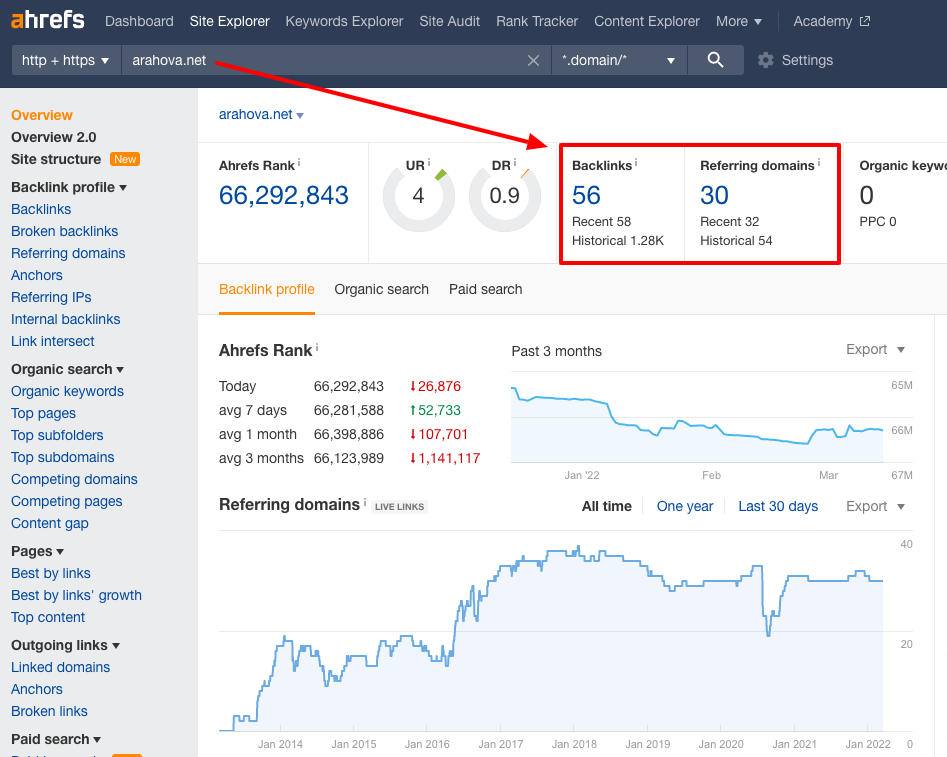
30 domains with 56 backlinks to the dead site.
Many quality links such as Wikipedia.
Image 9.10: Backlinks that can be claimed by arahova-pansion.gr.
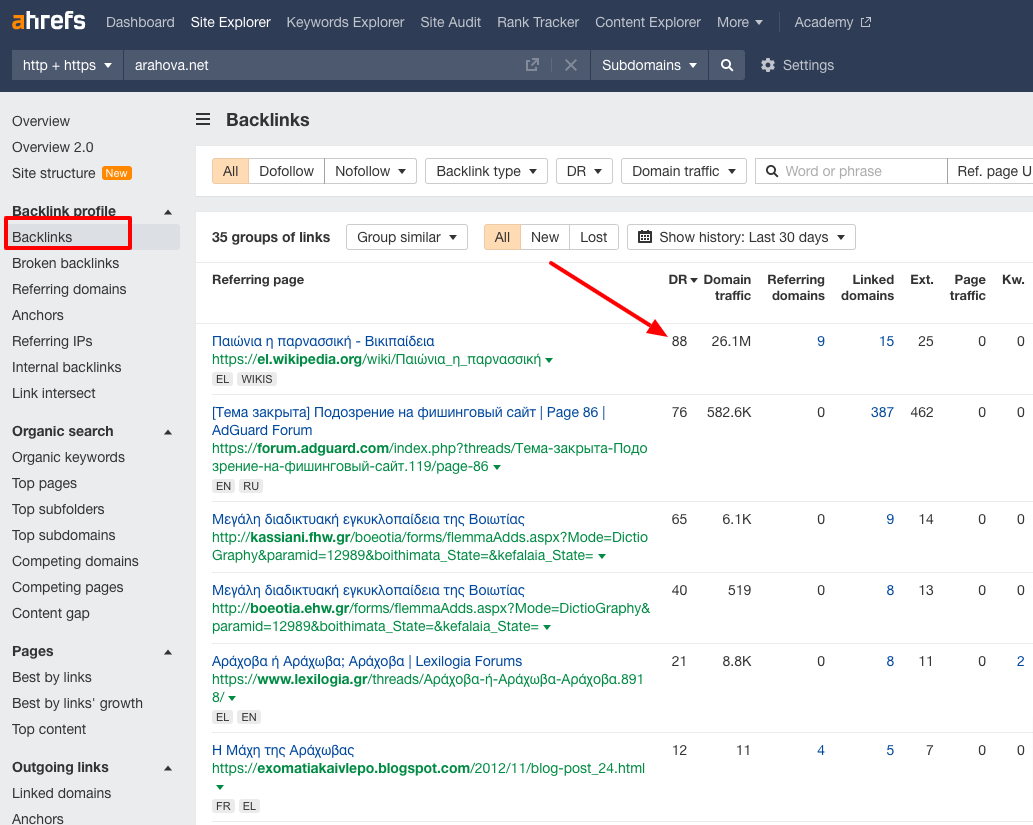
You can contact linked sites to update links to your active pages.
But old pages may reduce response likelihood.
A better way: buy domain arahova.net and redirect backlinks to your corresponding pages.
Quickly gain many quality backlinks and traffic otherwise lost.
Another method: get listed in directories related to your topic.
Directories list curated sites and are likely to include your site upon request.
Brian Dean’s “skyscraper technique” involves:
-
Find top-performing content on keywords relevant to you.
-
Identify authoritative creators linking to it.
-
Create better, more complete content fixing the existing one’s weaknesses.
-
Contact creators and sharers proposing your improved article.
This works because editors want excellent content and you approach people familiar with the topic.
Example: Matt Lawry who had trouble building backlinks for an ecommerce site of mostly product pages.
He created a great guide “Australian Gin: The Ultimate Guide”.
Image 9.11: Australian Gin story page by Matt Lawry.
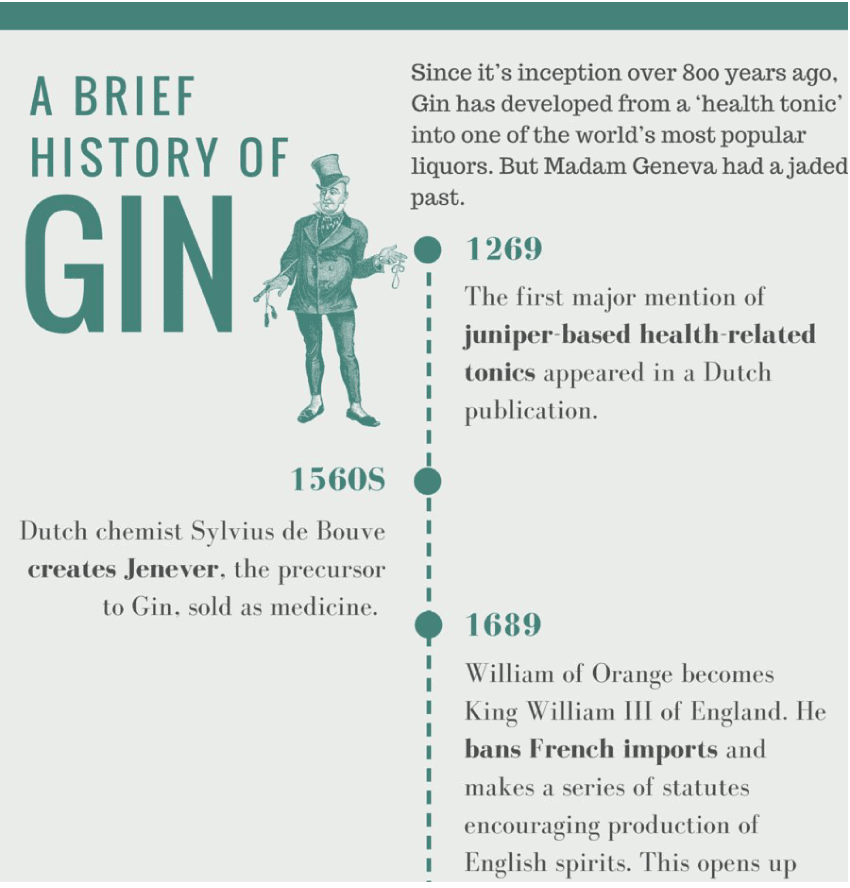
He promoted it via personalized emails to relevant people.
Many linked to his guide, boosting ranking on sales-driving keyword “Australian Gin”.
Smart, right?
Regardless how you view link building, Google uses links as the main ranking signal.
Studies still show strong correlation between backlinks and ranking.
Links represent endorsement from one site to another.
To rank well and attract visitors, you likely must gain backlinks.
But not just any links.
You must get the right links, using proper tactics.
We discussed some known link-building strategies but new methods continually emerge.
The core idea remains: create useful, digestible content that answers people’s needs.
Then promote it through appropriate channels simply, directly, and highlighting value.
Keep in mind:
-
Backlinks remain one of the strongest ranking signals.
-
Focus on backlink quality over quantity; relevant links trump many irrelevant ones.
-
Create valuable user content then spread it to people who can share it widely.
Cover image source: Unsplash.com